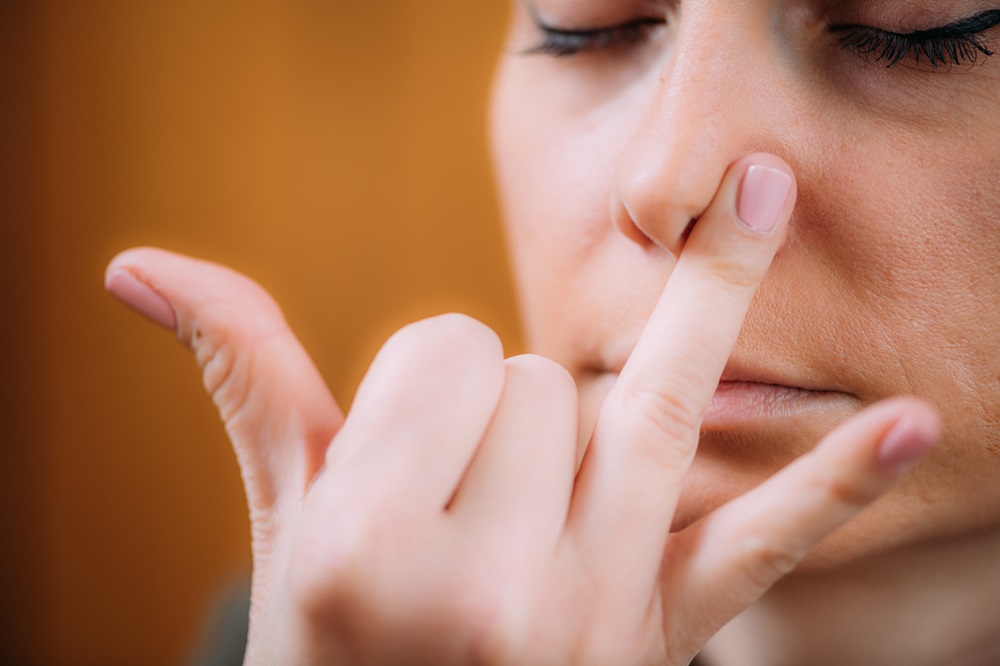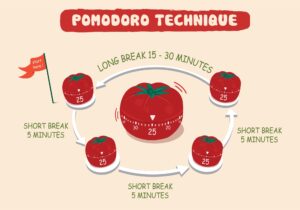Do you often feel overwhelmed, stressed, or anxious? If so, you are not alone. Many of us have experienced physical symptoms of stress, such as headaches, fatigue, or muscle tension. Beyond the physical, stress can also affect our mental well-being in the form of mood swings, irritability, and even depression.
To stay healthy and positive, we need to find moments of calm, relaxation, and body stress release. Breathing methods for anxiety can help, even if we only have 5 minutes. They help change our breathing patterns, which calm our mind and body by regulating our nervous system, heart rate, and blood pressure.
In this post, we’ll share 3 deep breathing exercises to help you relax in just 5 minutes. These breathing techniques for anxiety are easy to learn and can be done anywhere, anytime, requiring only a comfortable place to sit or lie down and a willingness to breathe consciously.
Diaphragmatic Breathing
Diaphragmatic breathing is also known as belly breathing. It promotes relaxation by using the diaphragm, the main muscle involved in breathing, thereby activating the body’s natural relaxation response. Many people tend to breathe shallowly from the chest, especially during stressful situations. It will lead to quick, shallow, and inefficient breaths that can worsen your stress response. To practice deep belly breathing, you can follow these detailed steps:
- Start by finding a quiet and comfortable space to sit or lie down.
- Place one hand on your upper chest and the other on your belly.
- Inhale slowly and deeply through your nose, feel your belly rise with your hand.
- Try to keep your chest as still as possible.
- Exhale slowly and completely through your mouth, feel your belly fall with your hand.
- Again, try to keep your chest as still as possible.
Repeat this cycle for 3-5 minutes, or until you feel calmer, focusing on the rise and fall of your belly. By focusing on deep belly breathing, you can take slow, deep breaths, enhance oxygen delivery, and achieve a calmer state.
Nadi Shodhana
Nadi Shodhana is a type of pranayama also known as “alternate nostril breathing” or “channel clearing breathing.” This yoga practice, breathing alternately through each nostril, helps regulate your breathing rhythm and coordinate the left and right hemispheres of the brain. Therefore, it can help calm the mind, body, and emotions, achieving a state of clarity, concentration, and relaxation.
Before doing this exercise, we first practice a yoga pose – Vishnu mudra. Stretch out your right hand and fold your index and middle fingers into your palm, keeping your thumb, ring finger, and little finger straight. You can also use other gestures if you like, it’s no big deal. You can then start following the detailed steps below:
- Start by sitting comfortably with your spine straight.
- Take a deep breath, and then exhale.
- Close your right nostril with your right thumb, and inhale through your left nostril for four counts.
- Close your left nostril with your right ring finger, and hold your breath for four counts.
- Release your right nostril, and exhale for four counts.
- Inhale through your right nostril for four counts.
- Close your right nostril, and hold your breath for four counts.
- Release your left nostril, and exhale for four counts.

This completes one cycle. Repeat this cycle for 3-5 minutes, or until you feel calmer, focusing on your breath and maintaining a steady rhythm. It’s suitable for most people and can be done before meditation or at any time during the day.
4-7-8 Breathing Method
The 4-7-8 breathing exercise, or the relaxing breath, is a natural calming agent for the nervous system. It’s a simple yet effective way to calm the nervous system and induce a state of deep relaxation, helping you relax, reduce stress and anxiety, and fall asleep faster. To practice the 4-7-8 breathing technique, you can follow these steps:
- Exhale completely through your mouth, making a whooshing sound.
- Close your mouth and inhale gently through your nose, silently count to 4.
- Hold your breath and count to 7.
- Exhale completely through your mouth, making a whoosh sound, and count to 8.
This is one cycle, and you can repeat this cycle for 3-5 minutes, or until you feel calmer. You can practice these breathing techniques before bedtime, or whenever you feel stressed, anxious, or overwhelmed. However, you should also avoid doing this during or before situations that require immediate alertness, such as driving or operating machinery, as this may impair your alertness.
How to Use a Smartwatch for Breathing Exercises
A smartwatch can be a useful tool to enhance your breathing exercises and track your progress. Most smart watches have built-in breathing exercise features that guide you through simple and convenient deep breathing exercises. Depending on the type and model of smartwatch you have, you can choose from different breathing techniques, durations, and settings. They can help you do breathing exercises by providing visual animations and haptic feedback to help you pace your breathing.
After completing the breathing exercise, you can use your watch to measure your heart rate and stress level again. You can also track your progress over time and learn how your breathing exercises affect your health, by tracking changes in heart rate, stress levels, and other metrics. You can also get feedback and tips on how to improve your breathing and well-being based on the data collected by your smartwatch.
In just 5 minutes, these 3 breathing techniques can significantly reduce stress, calm your mind, and bring about a feeling of peace and balance. Whether you incorporate these techniques into your morning routine, use them as a mid-day reset, or practice them before bedtime, it can make a big difference in your well-being.
It’s recommended to integrate your smartwatch into these practices and your everyday life. It will not only make your breathing exercises smarter and easier but also track your health and provide more insights. But remember, the purpose of doing breathing exercises is to relax your mind and body, not to achieve a specific score or goal. Be gentle with yourself and enjoy the process of breathing deeply and mindfully.



